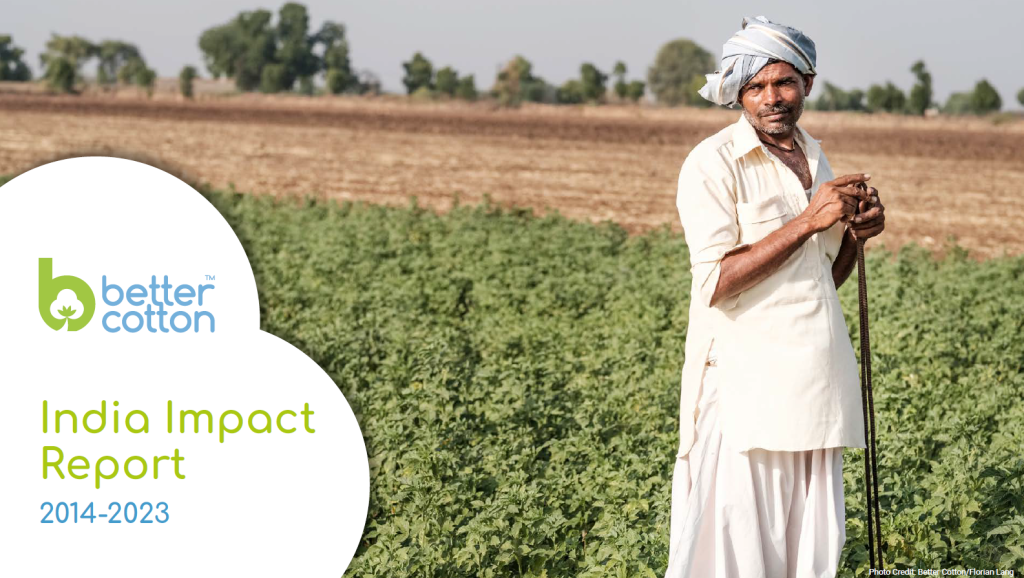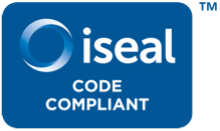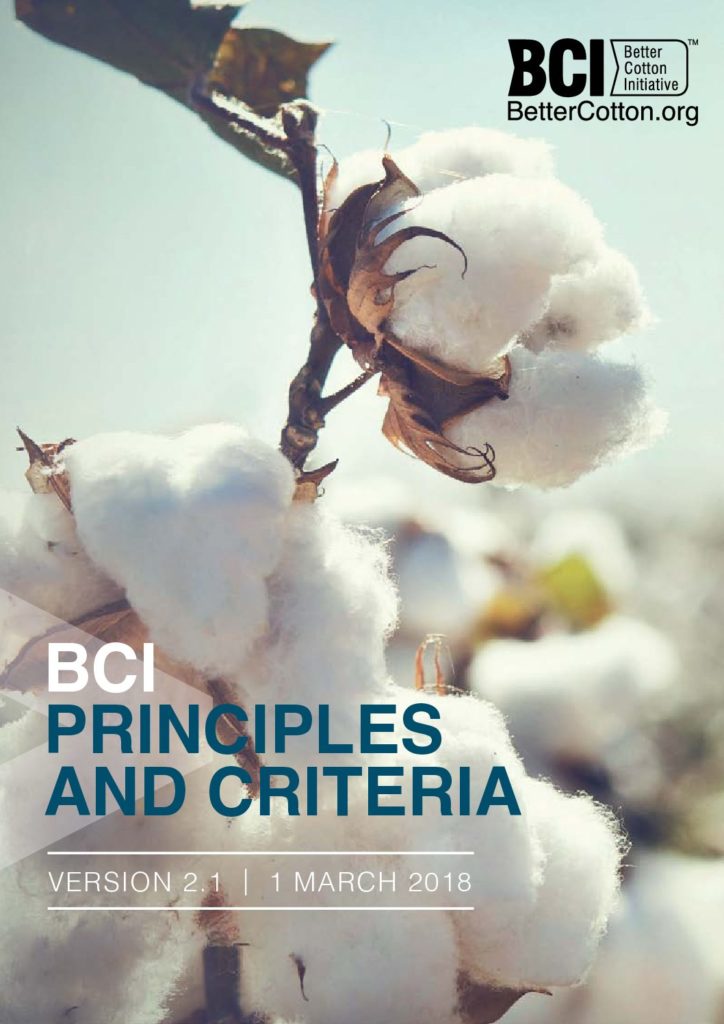Better Cotton Principles and Criteria v.3.0
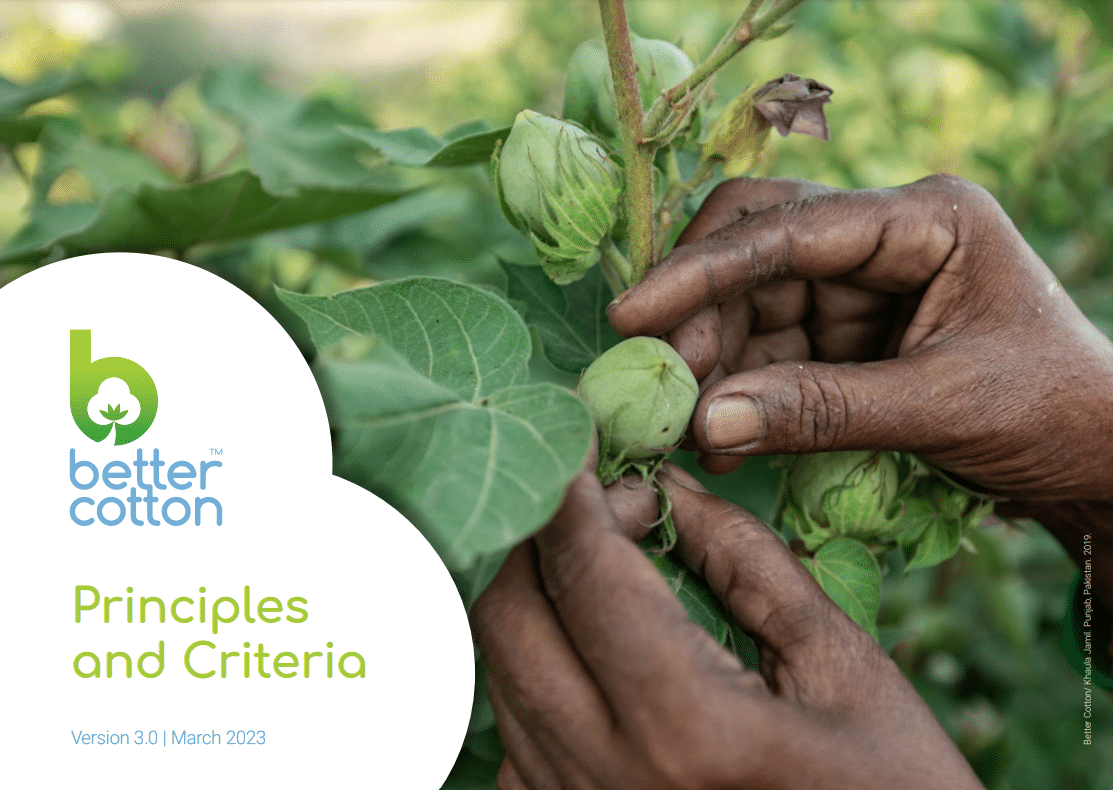
Achieving our vision of a world where Better Cotton is the norm and cotton farmers and their communities thrive takes a holistic approach and a rigorous standard to match.
A critical component of the Better Cotton Standard System is the Better Cotton Principles and Criteria (P&C), which lay out the global definition of Better Cotton through six guiding principles.
By following these principles, Better Cotton Farmers produce cotton in a way that is better for themselves, their communities and the environment.
Additional Reference Documents
P&C v.3.0 – Indicators With Delayed Implementation Timeline
96.57 KBP&C v.3.0 – Farm Data Requirements
200.42 KBP&C v.3.0 – Highly Hazardous Pesticide Exceptional Use Process
196.65 KBP&C v.3.0 – Better Cotton Highly Hazardous Pesticides List
142.92 KBP&C v.3.0 – Better Cotton Prohibited Pesticides List
133.56 KBP&C v.3.0 – Better Cotton High Environmental Hazard List
127.42 KBP&C v.3.0 – Better Cotton CMR Pesticides List
129.85 KB
Principles and Cross-Cutting Priorities
Our Principles and Criteria are structured around six Principles and the two Cross-cutting Priorities.
As compared to the previous version of the standard, version 3.0 of the P&C has been streamlined and requirements have been strengthened across all thematic areas to ensure they continue to deliver relevant sustainability impact at field-level. The P&C v.3.0 includes a strong focus on social impact, with new requirements around gender and livelihoods, and some major changes in the way we address Decent Work-related issues.
It continues to emphasise the importance of the sustainable use of Natural Resources and responsible Crop Protection measures, and it refers more explicitly to the adoption of measures related to climate action. The new Management principle will help build solid foundations for producers to thrive in all thematic areas, shifting the focus from practice adoption to tangible outcomes.
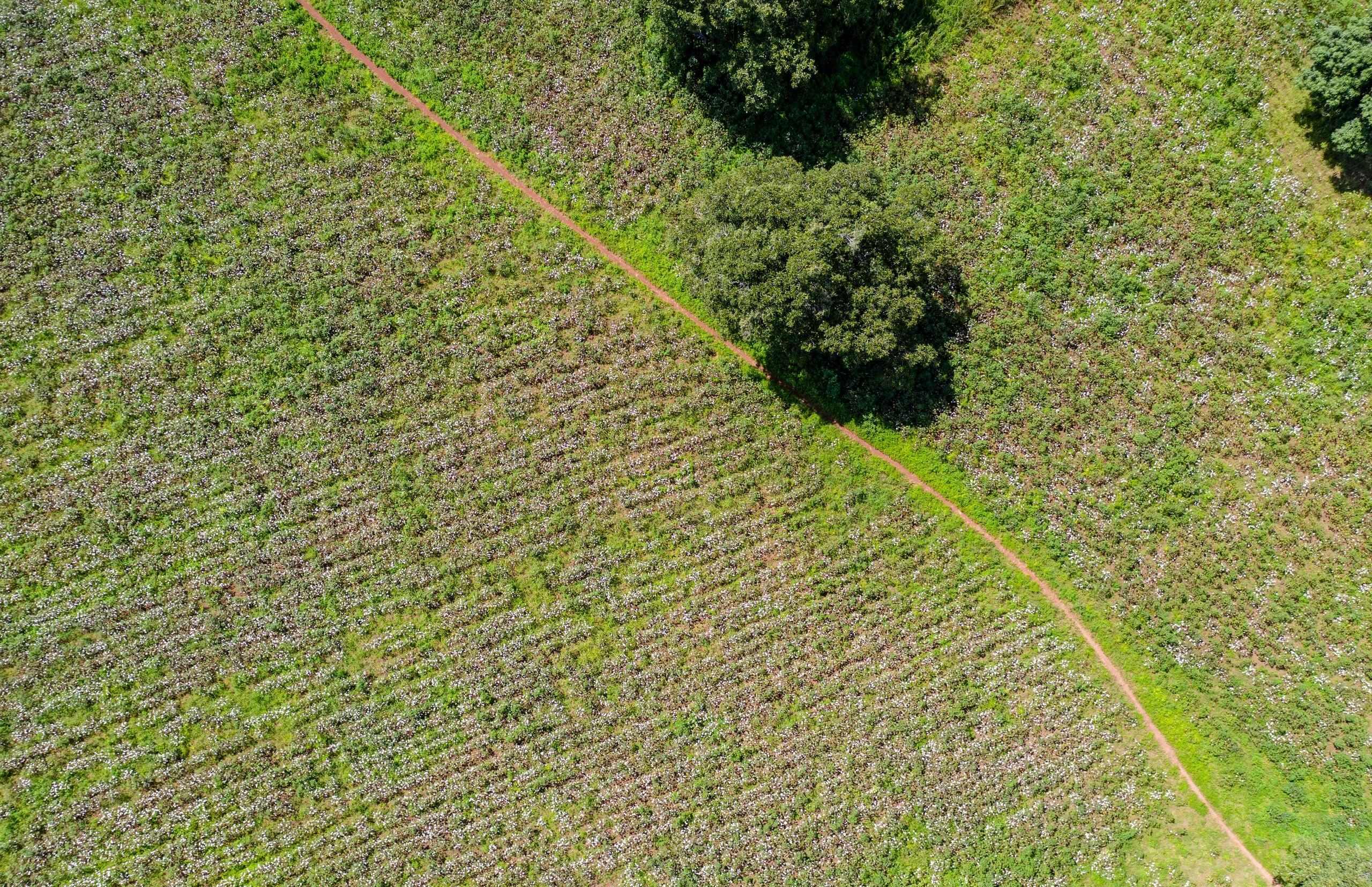
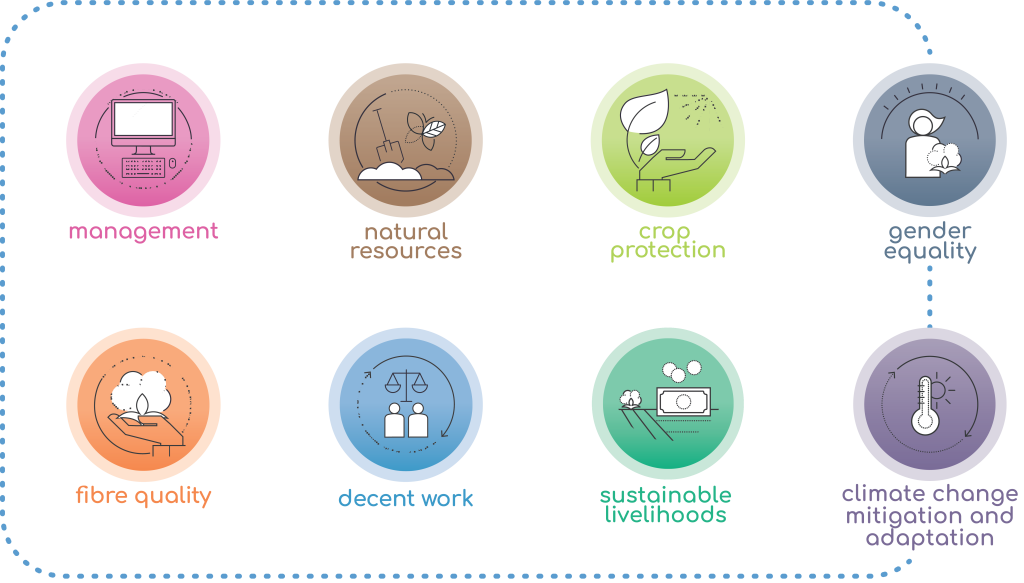
Principles

Cotton farming households have strong integrated farm management systems in place to ensure field-level sustainability impacts.
We support farming households in operating a well-informed, effective and inclusive management system that drives sustainability impact through continuous improvement and builds transparency and market trust. Good management includes ensuring that collaborative and inclusive approaches are centred, and that the two cross-cutting priorities gender equality and climate action are considered in all decision making.
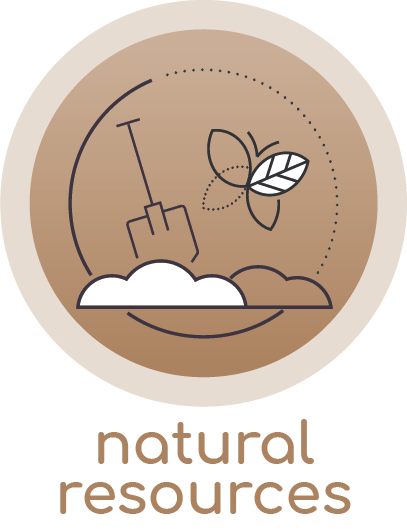
Cotton farming communities promote regenerative practices, enhance biodiversity and use land and water responsibly
We support farmers in adopting key regenerative practices that improve their soil health, conserve and enhance biodiversity and natural ecosystems, and optimise the quality and availability of water. This is all while increasing crop yield, improving the resilience of farming communities to climate change, and helping mitigate the negative effects of farming on our climate. Together, these practices work to protect and improve the most vital resources to cotton farming communities.
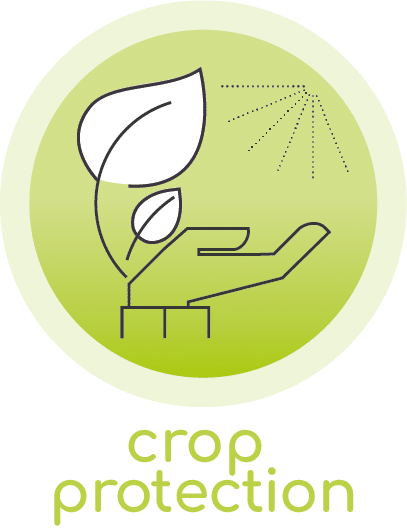
Cotton farming communities minimise the harmful impact of crop protection practices
We support farmers in understanding and implementing Integrated Pest Management approaches. This approach promotes practices to set plants off on a healthy start, promotes non-chemical pest control techniques, and ensures effective pest monitoring in order to reduce reliance on conventional pesticides. Better Cotton also helps farming households phase out the use of Highly Hazardous Pesticides, which pose great risks to both the environment and the health of farming communities. Better Cotton also builds awareness on responsible handling of pesticides.
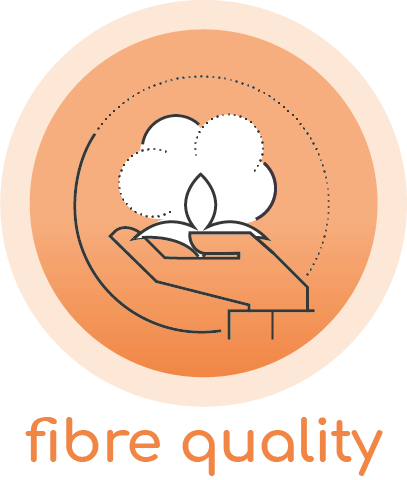
Cotton farming communities care for and preserve fibre quality
We support farmers in adopting good practices from seed selection to harvest, storage and transport of their seed cotton to reduce man-made contamination and trash. This enhances the value of the cotton and leads to a better price for farmers.
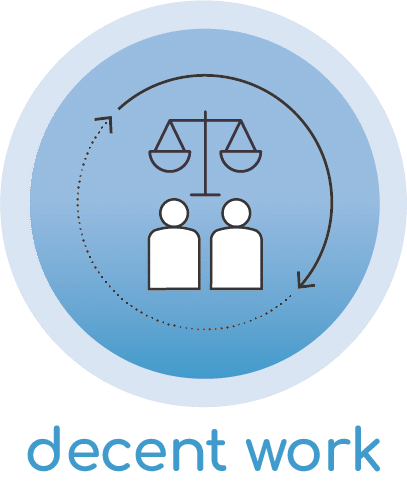
Cotton farming communities promote decent work
We support farmers in ensuring that all workers enjoy fair and safe working conditions. These include working environments that address risks of child labour, forced labour, workplace harassment, violence and discrimination. This also covers ensuring the freedom to organise and negotiate dignified conditions of employment and providing access to grievance mechanisms and remediation. It includes fair pay and equal opportunities for learning and progression, as well as addressing occupational health and safety risks. All of which ultimately help to improve the livelihoods and wellbeing of farming communities.
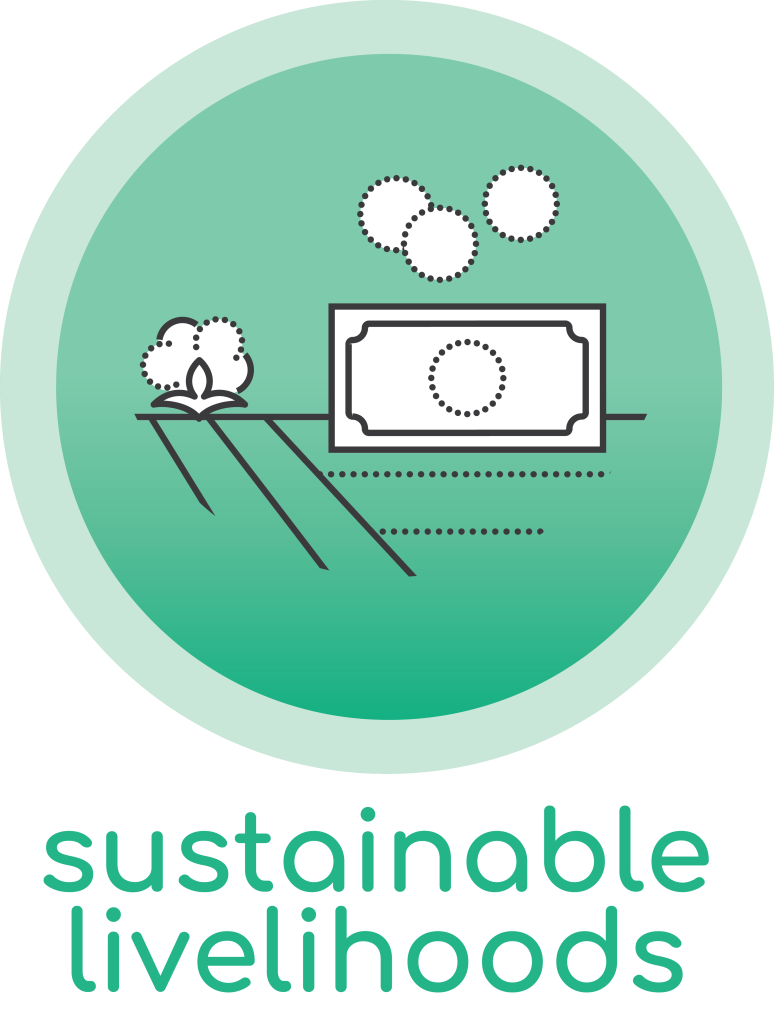
Cotton farming communities have more sustainable livelihoods and resilience
We work with farmers, workers and their families, particularly women and youth, to address key challenges and help them lead a decent and happy life that is resilient to external shocks.
Cross-Cutting Priorities
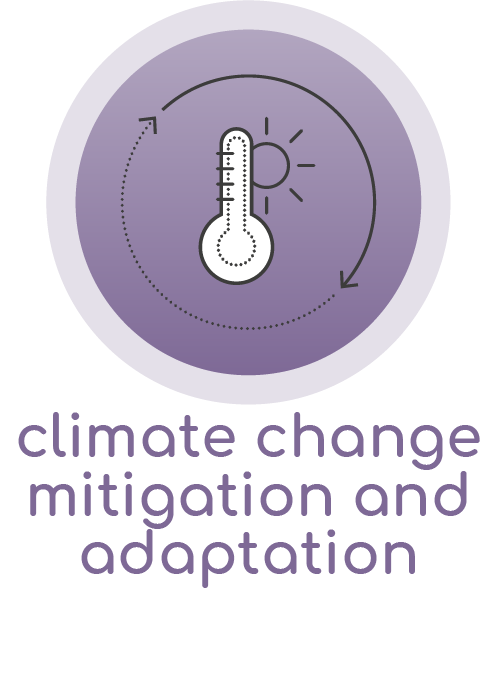
Cotton farming communities build resilience to effects of climate change and support mitigating impacts of farming to the climate
We support farmers in identifying and implementing locally relevant practices and activities which help farming communities to build resilience for effects of climate change and/or mitigate its effects across the P&C.
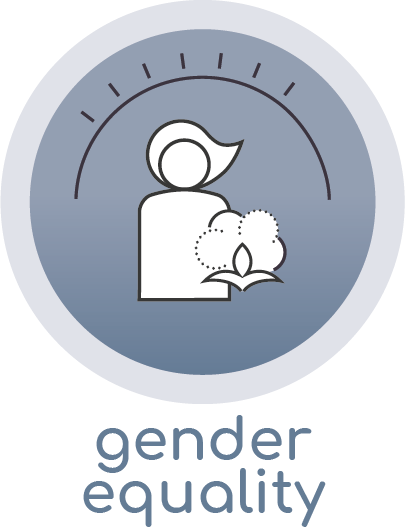
Cotton farming communities work toward greater gender equality
We work with farming communities to raise awareness and take measures towards better recognition and participation of women in all farm-level activities.
By following these principles, Better Cotton Farmers produce cotton in a way that is better for themselves, their communities and the environment.
History and Revision
At Better Cotton, we believe in continuous improvement at all levels of our work – including for ourselves.
In line with the ISEAL codes of good practices for voluntary standards, we periodically review our farm-level standard – the Better Cotton Principles and Criteria (P&C). This helps to ensure the requirements remain locally relevant, effective and up to date with innovative agricultural and social practices.
The Better Cotton Principles and Criteria were first developed in 2010 with input from Regional Working Groups in Brazil, India, Pakistan and West and Central Africa, Advisory Committee members, Better Cotton Partners (including experts and critical friends) and public consultation.
The Principles and Criteria were first published in 2010 and were formally revised between 2015 and 2017, and again between October 2021 and February 2023.
The goals of the latest revision were to realign the P&C with new focus areas and approaches (including the Better Cotton 2030 strategy), to ensure it remains an effective tool to drive continuous improvement leading to field-level sustainability impact, and to address challenges and lessons learnt from the past.
The draft of the revised Principles and Criteria (P&C) v.3.0 received formal approval from the Better Cotton Council on February 7, 2023, and the new standard became effective for licensing starting in the 2024/25 season.
The next revision of the Principles and Criteria is planned for 2028.
Credibility
Better Cotton is ISEAL Code Compliant. Our system, including the Better Cotton Principles and Criteria, has been independently evaluated against ISEAL’s Codes of Good Practice. For more information, see isealalliance.org.
Contact Us
Questions, as well as suggestions for revisions or clarifications to the Better Cotton Principles and Criteria, can be submitted at any time through our contact form.
Key Documents
Topic-Related Support Documents
P&C v.3.0 – Highly Hazardous Pesticide Exceptional Use Decisions 2024
157.25 KB
2021-2023 Revision Documents
Better Cotton P&C: 2021-2023 Revision – Standards Committee Terms of Reference
148.95 KBBetter Cotton P&C: 2021-2023 Revision – Overview
191.38 KBBetter Cotton P&C: 2021-2023 Revision – Public Consultation Summary of Feedback
9.56 MBBetter Cotton P&C: 2021-2023 Revision – Consultation Draft
616.07 KB
2015-2017 Revision Documents
Better Cotton P&C: 2015-17 Standard Setting and Revision Procedure
452.65 KBBetter Cotton P&C: 2015-17 Revision – Overview
161.78 KBBetter Cotton P&C: 2015-17 Revision – Public Report
240.91 KBBetter Cotton P&C: 2015-17 Revision – Synopsis
341.88 KBBetter Cotton P&C: 2015-17 Revision – Q&A
216.27 KBBetter Cotton P&C: 2015-17 Revision Process
159.86 KB

